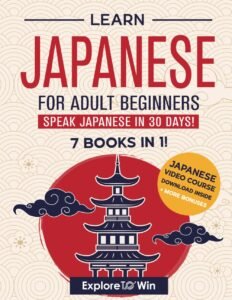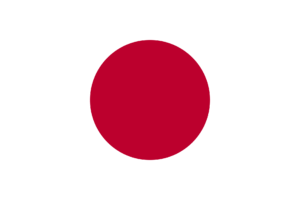
「学問こそ独立の基礎なり。」
« Education is the foundation of independence. »
Fukuzawa Yukichi (Japanese Modern Education Pioneer)
🇯🇵 Japan – Discipline, Rigor, and Lifelong Learning
1. Historical Overview
Japan’s modern education system was established during the Meiji Era (1868–1912) as part of the country’s rapid modernization. Influenced by Western models (especially Prussia, France, and the USA), education became compulsory to promote literacy and national unity.
Key Figures:
Mori Arinori (1847–1889) – Japan’s first Minister of Education, instrumental in creating the centralized school system.
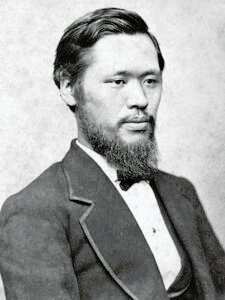
Fukuzawa Yukichi (1835–1901) – Philosopher and educator who promoted learning from the West to strengthen Japan.
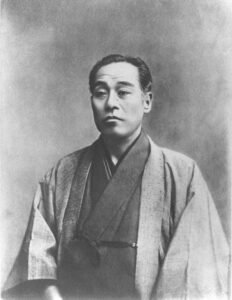
2. Philosophy & Core Principles
Japanese education emphasizes discipline, perseverance (gambaru), and collective harmony. The system combines academic rigor with moral and character education, aiming to form well-rounded citizens.
Core elements:
Strong foundational skills in math, science, and literacy
Moral education (dōtoku) embedded in curriculum
Group responsibility and cooperation over individual competition
Teacher respect and community involvement in schools
3. Current Structure
Elementary School: 6 years (grades 1–6)
Junior High School: 3 years (grades 7–9) → compulsory education ends here
High School: 3 years (grades 10–12) – high enrollment but not mandatory
Higher Education: Prestigious universities like University of Tokyo and Kyoto University
4. Strengths & Challenges
✅ Strengths:
High PISA performance in science and mathematics
Strong work ethic and respect for teachers
Low dropout rates and high literacy
⚠️ Challenges:
Intense competition for university entrance exams
Limited focus on creativity and flexibility (though recent reforms are addressing this)
5. PISA Ranking
2022: Top 5 globally in mathematics, reading, and science.
📚 More Reading on the Japanese Education System:
Education in Japan: A Comprehensive Analysis – MEXT Publication
Learning from Japan: Why the Japanese Education System Works – OECD report
Japanese Schooling: Patterns of Socialization, Equality, and Political Control – James J. Shields Jr.
💡 Fun Fact: In most Japanese schools, students clean their classrooms themselves (o-soji) as part of character education.
Book About:
Education in Japan: A Comprehensive Analysis of Education Reforms and Practices – Masaaki Katsuno
→A detailed overview of the historical reforms and key principles of Japan’s school system.
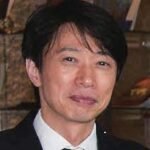
Disclosure: As an Amazon Associate, we earn from qualifying purchases.
→Insight into Japanese lesson design and collaborative teaching practices.
Disclosure: As an Amazon Associate, we earn from qualifying purchases.


